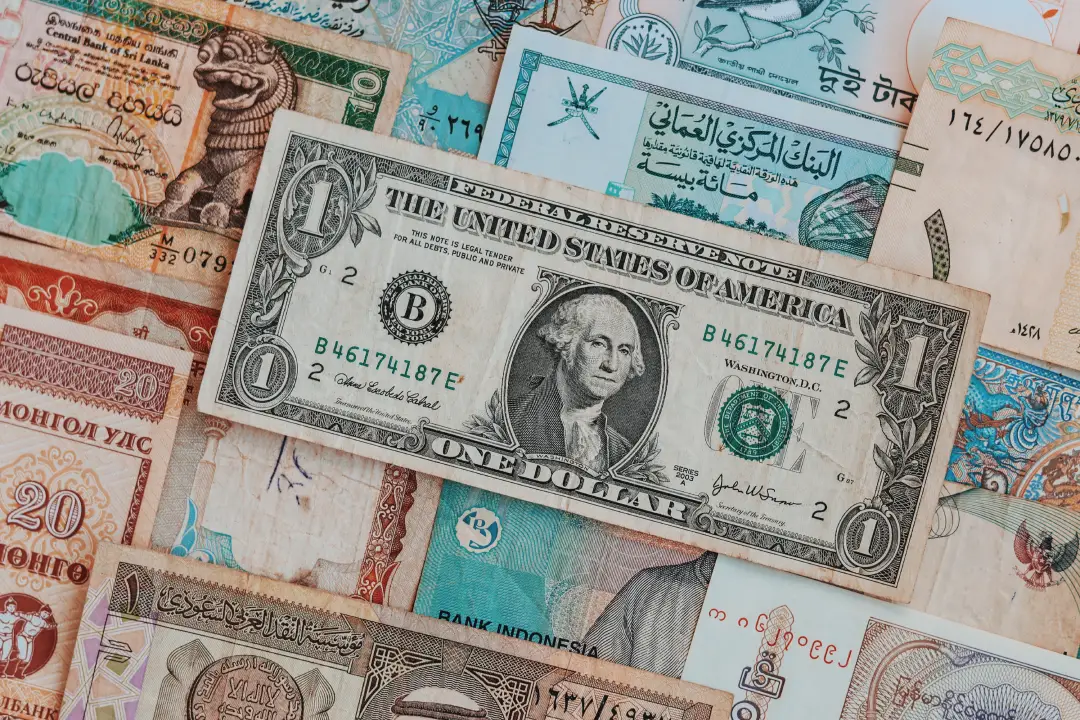Everyone uses money. We need it, think about it, and work for it. While the formation and expansion of money appear to be somewhat intangible, money is the means by which we obtain the things we require and desire. Whether it be to buy things, save for retirement, or for a rainy day, we all rely on money.
How do we define what counts as money and what does not? As you might expect, this is a difficult subject, and economists have proposed several definitions of money that comprises of multiple things. This becomes pretty important when trying to understand how money is created because physical currency makes up a surprisingly small percentage of the total money supply. So let’s get in.
The most serious answer comes from the school of Austrian economics, which defines money as a universal medium of exchange. This would be any good that is used, held and used purely to facilitate exchange. Money, in and of itself, is nothing. It may be a shell, a metal coin, or a piece of paper with a historic image on it, but the value that people place on it has nothing to do with its monetary value. It derives its value by being a medium of exchange, a unit of measurement and a storehouse for wealth, allowing people to trade goods and services indirectly, understand the cost of items and provide a mechanism for us to save for greater purchases in the future.
The Key Properties of Money
As people traded with one another over time, they experimented with different monetary goods and free-market forces favored money, which exhibits five critical properties:
- Divisibility
The ease of accounting and transacting at various scales meaning the money has separable and recombinable units. - Durability
The ease of expressing value across time meaning money is resilient to physical deterioration. - Recognizability
The ease of identifying and authenticating the money by counterparties to a transaction meaning the money is universally verifiable - Portability
The ease of securely expressing value across space meaning the money has a high value-to-weight ratio. - Scarcity
The resistance of money to supply manipulations and thus dilution across time meaning the money must be difficult to produce to successfully store value.
The Historical Value of Money
Significant evidence indicates that numerous items were bartered in ancient markets, which may be defined as a medium of trade. These included livestock and grain—things directly useful in themselves—but also merely attractive items such as cowrie shells or beads, which were exchanged for more useful commodities. Such exchanges, however, would be better described as barter, and common bartering of a particular commodity, especially when the commodity items are not fungible, does not technically make that commodity “money” or a “commodity money” like the shekel, which was both a coin representing a specific weight of barley and the weight of that sack of barley.
Because of the complexities of ancient history (ancient civilizations developing at different rates and not keeping accurate records or having their records destroyed), and because the ancient origins of economic systems predate written history, it is impossible to trace the true origin of money and the transition from “barter systems” to “monetary systems.”
With the properties of metals in mind, monetary metals were determined to be the most satisfactory tool, the most divisible, most durable, most recognizable, most portable tool in the marketplace of the monetary. Gold was the most scarce metal, as measured by either its stock-to-flow ratio or its inflation resistance.
How did we get from gold to paper currency?
As good as monetary metals were and as good as gold is as money at holding value across time, it’s rather limited. In terms of portability, it is not as useful for moving value across space. Whereby, this gives us another definition of money: a social device for moving value across space and time. To rectify this technological shortcoming of gold, advancements were made.
The custody of gold was gradually centralized into fewer and fewer warehousing operations. This is because there are economies of scale associated with using gold as money. If you centralize the custody, the warehouse owner can then issue a paper receipt called the warehouse receipt for that gold and then market participants can trade that paper as if it’s good as gold and everyone has an option at any time to go and redeem real gold from the warehouse.
That system works until the problem with it is that it introduces the need to trust the custodian, thereby introducing counterparty risk in the form of the custodian. Should that warehouse choose to increase the supply of paper notes to gold beyond its supply, that is, if it’s got three tons of gold and it issues six tons of paper receipts, all of a sudden it’s participating in a fraud and basically lying. It’s representing that it has more gold than it actually does.
This is the pathway that we got into banking and central banking. We needed a convenient mechanism to rectify the portability shortcomings of gold and we needed to be able to move value across space. Gold was doing a great job of moving value over time but not space. Paper currency gave us the ability to move value across space but it also introduced this attack vector for warehouse operators, which became banks, which became central banks, to modify the supply as per their needs.
Money of account vs money of exchange
Historical evidence supports the idea that money has taken two main forms, which are divided into the broad categories of money of account (debits and credits on ledgers) and money of exchange (tangible media of exchange made from wood, paper, bamboo, metal, and so on), and it is debated which came first.
That is, it allows you to buy things without having to barter with some other person or group directly. If I want something from you but don’t have anything you want

